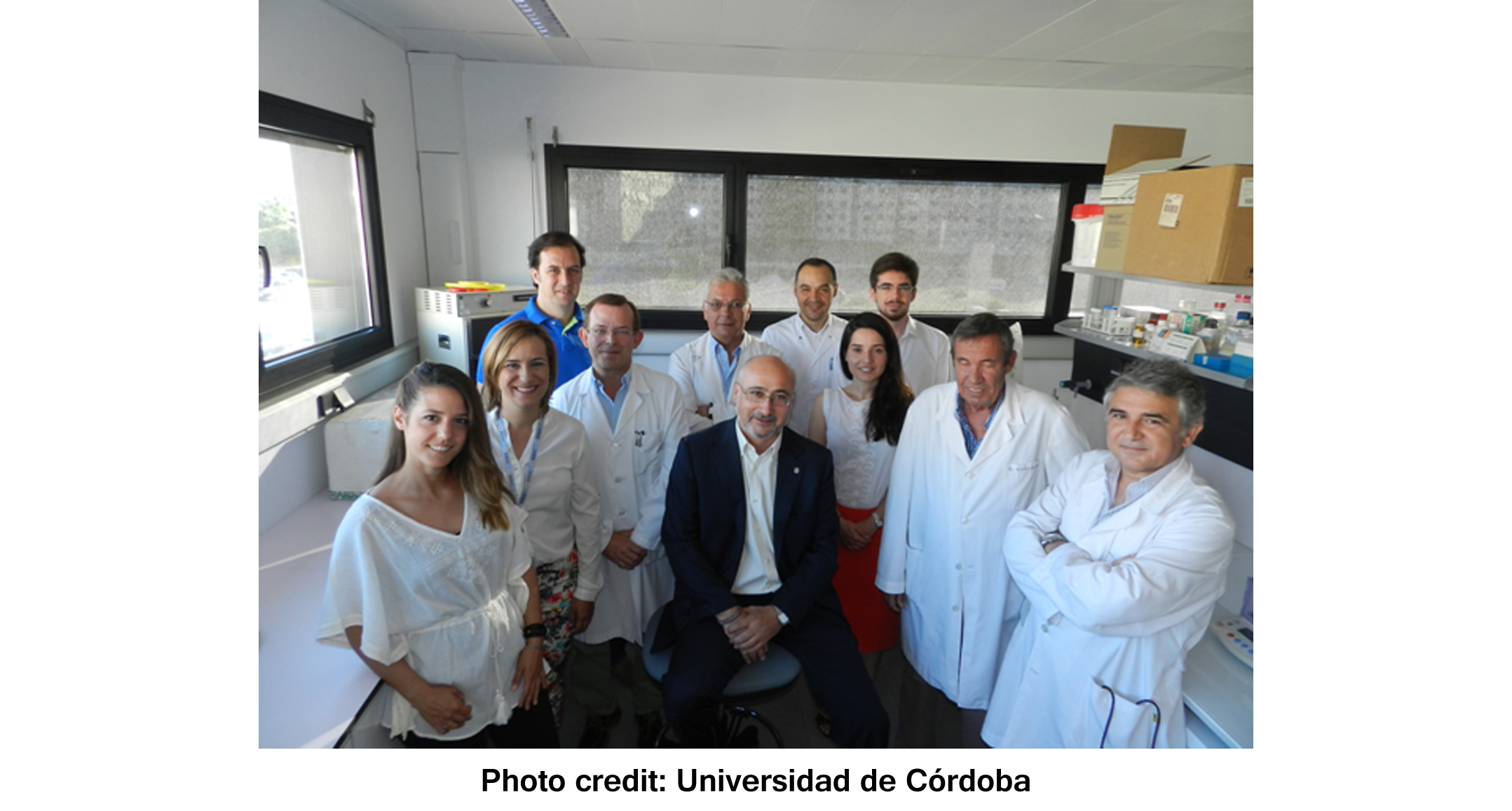Blurred or double vision; numbness in the arms, legs, or face; problems with balance when walking. These are some of the first symptoms of multiple sclerosis (MS), a chronic autoimmune and neurodegenerative disease that affects 2.3 million people worldwide, most of whom are women around 30 years old.
There is currently no cure—nor are the causes known. We do know, however, that it is very complex and that both genetic and environmental factors, such as the Epstein-Barr virus, smoking, and vitamin D deficiency, are involved, as well as changes in the gut microbiota.
As explained previously, recent studies have linked this disease with disturbances in the gut microbiota. Now, a new study by researchers at Universidad de Córdoba (UCO), Hospital Reina Sofía in Córdoba, and IMIBIC (Spain) sheds further light on this.
“Establishing the possible relationship between the beginning of the disease and changes in the microbiota is somewhat risky based on the data from our study.”
The study, featured in Neurotherapeutics, describes how an alteration in the gut microbiota is associated with the development of relapsing-remitting multiple sclerosis.
“Establishing the possible relationship between the beginning of the disease and changes in the microbiota is somewhat risky based on the data from our study,” says Isaac Túnez, IMIBIC and UCO researcher and lead author of the article, in an interview with Gut Microbiota for Health.
“What we can say is that alteration in the microbiota is related to the disease’s evolutionary characteristics, to whether it develops more positively or negatively, its severity, and the presence of outbreaks and relapses,” he adds.
The research group led by Túnez, which focuses on neuroplasticity and oxidative stress, has been studying multiple sclerosis¾the main cause of neurological disability in young adults¾for 10 years. The group looked at the relationship between MS patients treated with a drug and oxidative stress, which we know plays a key role in the disease. This was done using biomarkers found in the blood and by measuring the changes in melatonin levels, as well as those of a neurotransmitter called catecholamine. They then considered what would happen to the nerve tissue.
To answer this question, they developed an animal model for studying the disease: a rat model of experimental autoimmune encephalomyelitis, a condition similar to multiple sclerosis.
Having access to animal models for investigating a specific problem is one of the main stumbling blocks of research: without an animal model, studying the mechanisms of a disease and validating possible treatments is problematic. For this reason, one of the study’s main innovations was the successful validation of the experimental model for studying the molecular processes related to MS.
“It is true that there were already data in scientific literature that show or make a possible link between changes in gut microbiota and MS, but many of them are reviews and others use different approaches and animal models. As such, many uncertainties about this permanent dialogue between the microbiota, the immune system and the nervous system remained,” says Túnez.
The Andalusian researchers focused on studying two biomarkers which reflect changes in the microbiota, both in the animal model and in human samples. With this, they were able to trace the process by which changes in the gut barrier set off an inflammatory process that ends up affecting the nervous system and causing neurological damage. Specifically, they focused on lipopolysaccharides (LPS) from bacterial membranes and LPS-binding proteins, and they were able to describe in great detail their potential link with progression of the disease. They found both biomarkers corresponded highly significantly with changes in the biomarkers for inflammation and oxidative stress, and with the clinical condition, both in humans and in animal models.
One of the outcomes that surprised the researchers was that they did not find statistically significant differences between male and female rats. This is important because for every man affected by MS, there are between 2 and 3 women sufferers; this makes clarifying the role of sex hormones particularly interesting.
For researcher Túnez, “This work has opened a new door through which we can continue to delve deeper into our knowledge of the disease and, above all, into the experimental models that allow us to trial possible treatments that will improve the lives of the millions who suffer [from] this disease worldwide.”
Reference:
Escribano, BM; Medina-Fernandez, FJ; Aguilar-Luque, et al. Lipopolysaccharide Binding Protein and Oxidative Stress in a Multiple Sclerosis Model. Neurotherapeutics, 2017. DOI: 10.1007/s13311-016-0480-0


